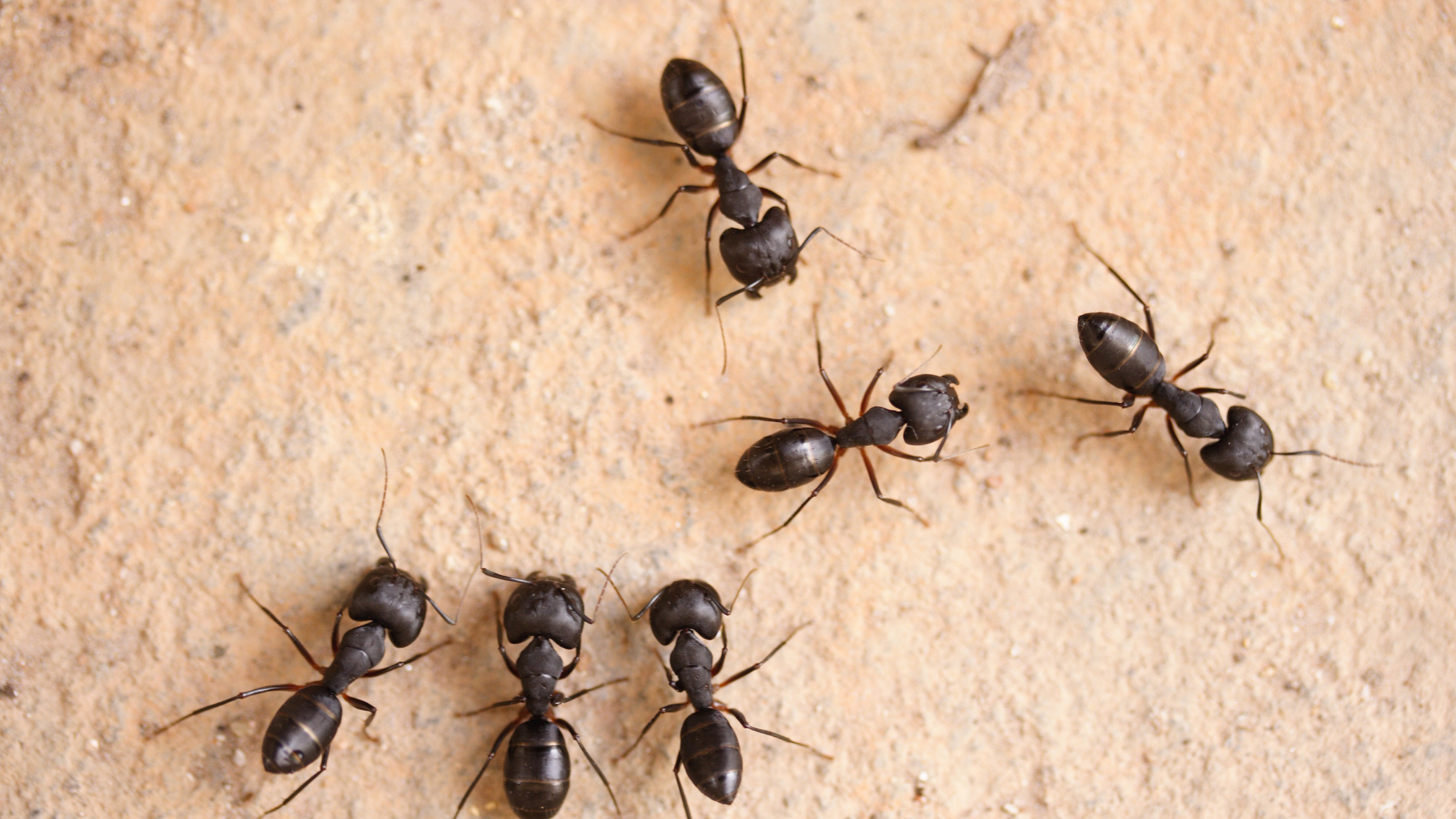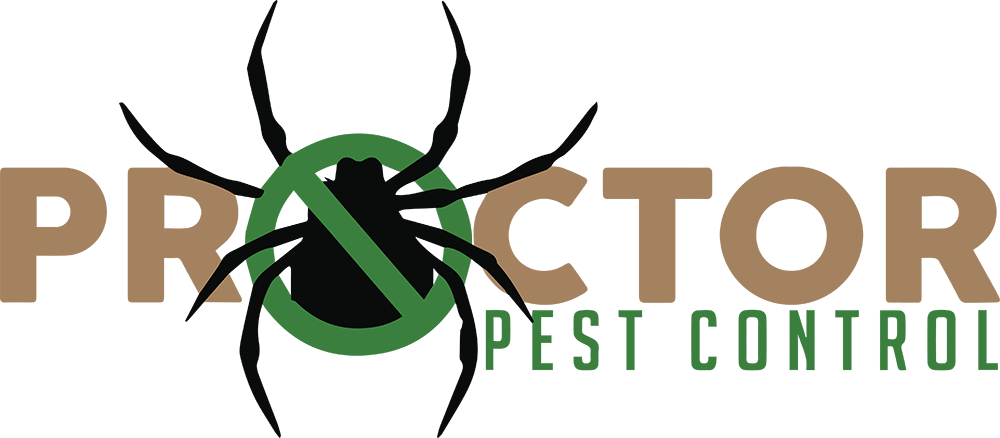
11 Apr How To Know If You Have Carpenter Ants
While wood is an extremely useful and versatile material – burning wood keeps people warm, lumber creates paper for journals and textbooks – it can also be host to some serious pests. You can go from having a lovely dream home to an absolute nightmare if these little guys decide to take up residence in your home. There are a few ways you can tell if your Dallas home has some uninvited guests.
What Are Carpenter Ants?
The most obvious sign that your home has been invaded by these little pests is by seeing carpenter ants in or around your home. This is why it’s vitally important to know what you’re looking for.
The carpenter ant is the largest species of ant that’s native to America and can reach sizes of 18cm or larger. The queens are even bigger, 20cm at least with large wings. Their bodies are mostly black and red.
Keep an eye out for these guys, they’ll be quite easy to see as they are significantly larger than the normal ant species you’ll likely find around your property. If you see one, you’ll know there’s even more lurking about where you can’t see.
How Destructive Are Carpenter Ants
While carpenter ants aren’t nearly as destructive as their dreaded cousin termites, they can still cause damage and frustration for homeowners who have to deal with them.
A nest of carpenter ants on your property can spell trouble if they nest in the right place – or rather the wrong place. If they decide to burrow into the structural wood of your home, you could be looking at some seriously costly repairs, and they could even severely compromise the home’s safety if left alone long enough. You could be potentially looking at thousands of dollars of repairs if you don’t get them out early.
How To Spot Carpenter Ants In Your Home
Early identification of wood-destroying pests is absolutely vital to protecting your home. Make it a habit to regularly inspect your home for any of these signs:
- Fass, which is fine sawdust. It could be in small piles near the walls or stuck to the walls surrounding tiny pinprick-sized holes.
- Visible tunnels running through structural wood and beams
- Wood that sounds hollow when you tap it
- Subtle quiet crinkling sounds inside your walls, often easier to hear at night
Along with checking your home for these signs, it would be a good idea to check other wood around your property for similar signs as well. Trees and stumps, woodpiles, wooden outbuildings, etc. While this won’t be a direct sign that there are such pests within your home, it’s definitely a sign that your home may be at risk of future infestation should they decide to relocate.



